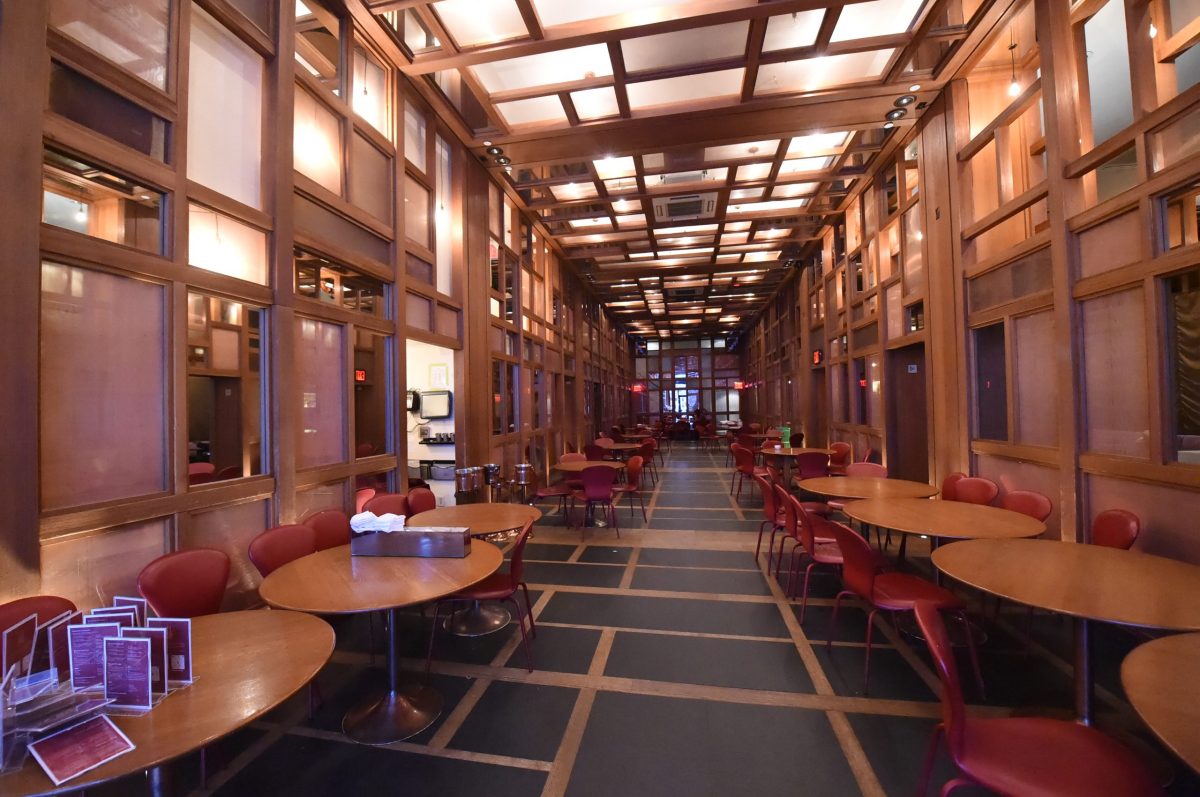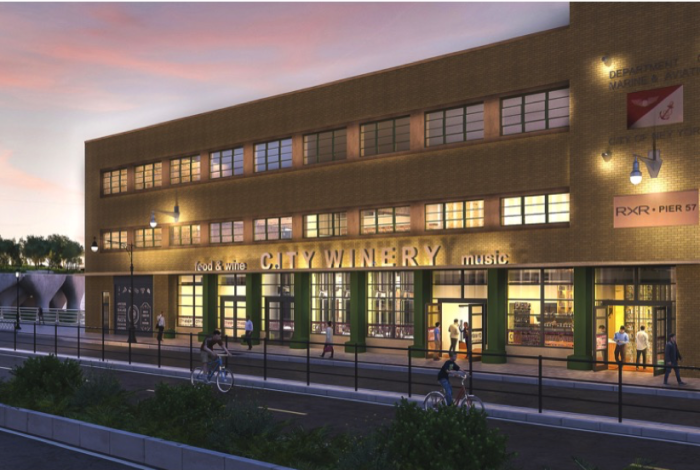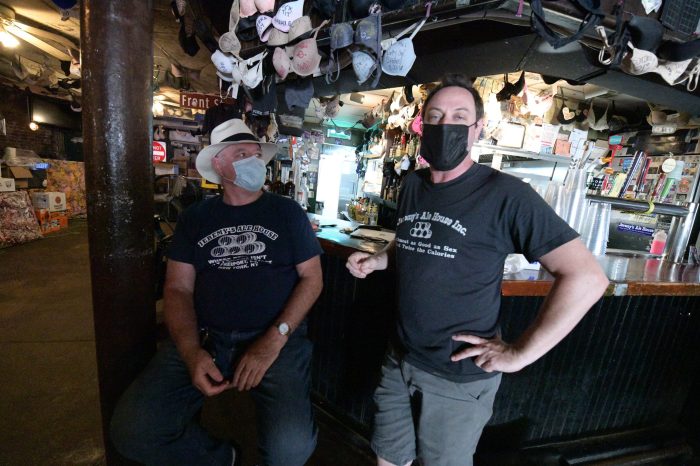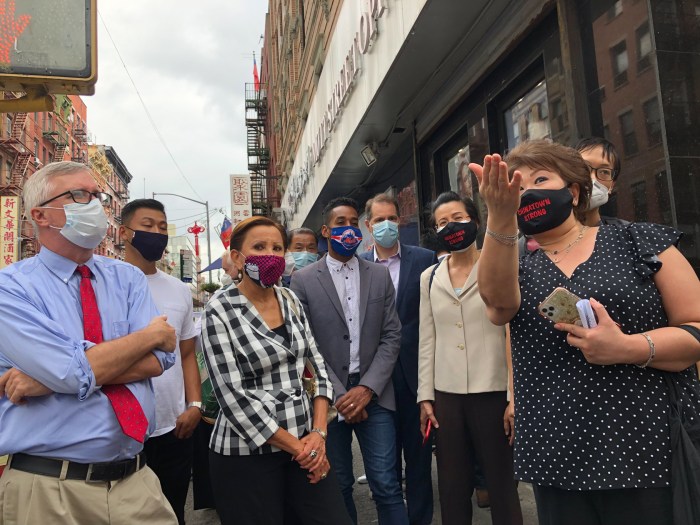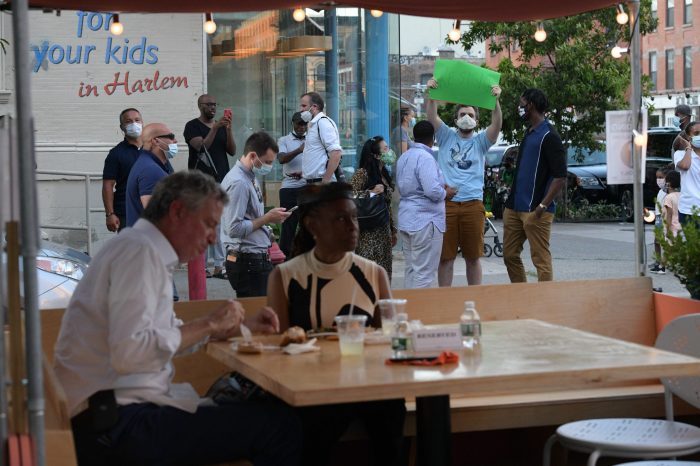Leaders in the New York restaurant industry are pushing back on Governor Andrew Cuomo’s announcement Monday that he will shut down indoor dining across the five boroughs if COVID-19 levels don’t flatten over a five-day period.
Two groups are speaking out against the policy the governor announced alongside Dr. Anthony Fauci, in which the organizations regard “clamp down” as an approach that ignores specific COVID-19 data. They argue another round of closures will bring further dire consequences to an industry rocked by mass layoffs and business closures during the first wave of the virus in the spring.
Melissa Fleischut, president of the New York State Restaurant Association (NYSRA), said without federal stimulus funds for restaurants, widespread layoffs during the holidays would be the only recourse for establishments struggling for survival this winter.
“Based on the current metrics and projections, Governor Cuomo has given New Yorkers a one-week warning that indoor dining will likely be shut down, regardless of the number of positive cases that are specifically tied back to restaurants,” Fleischut said. “The confusing, patchwork system of micro-clusters, regional restrictions and blanket statewide rollbacks has made it virtually impossible for restaurants to continue indoor dining. Whether it is positivity rate or hospitalization rate, all of these factors are outside of restaurants’ control. With the looming limits on indoor dining and outdoor dining no longer practical, many of our members will be forced to shut their doors, and for some it may be their final service.”
According to Cuomo, the five day hospitalization rates will determine whether or not indoor dining is in the cards for patrons regardless of whether or not cases are traced back to eateries and bars. According to Cuomo, the statewide infection rate stood at about 4.7% as of Sunday.
“If after five days, we haven’t seen a stabilization in a region’s hospital rate, we’re going to clamp down on indoor dining,” Cuomo said on Monday. “Five days, if the hospitalization rate doesn’t stabilize in New York City, we’re going to close indoor dining. We’re now at 25% in New York City. In the rest of the state, any region where the hospitalization rate doesn’t stabilize, then out of 50% capacity indoor dining, we’re going to go to 25%.
Andrew Rigie, executive director of the NYC Hospitality Alliance, pointed out that not only does Manhattan have the highest concentration of restaurants in the state, it also has a lower infection rate compared to other counties at 2.5% which is also the seven-day rolling average.
The alliance has previously reported survey results which found that most restaurants in New York City were barely able to make the rent even after outdoor dining was made available in the summer.
“New York City’s highly regulated, reduced occupancy, well-ventilated and COVID-19 compliant restaurants have gone above and beyond to protect the health and safety of their customers and employees. Indeed, Governor Cuomo said that 70% of recent cases come from “living room” spread, not restaurants, and the NYC Department of Health has zero data demonstrating that increased infection rates are a result of our highly restricted restaurants,” Rigie said. “Another forced government closure of New York City restaurants will cause an irreversible harm on even countless more small businesses and the hundreds of thousands of workers they employ, especially if it is not coupled with financial relief.”
While restaurants brace for another period of possible shutdowns, many continue to try to make outdoor dining work.
Rockwell Group and Pershing Square Capital Management are hoping to boost the outdoor dining experience in winter by giving restaurants access to heaters throughout corridors such as Mott Street in Chinatown, an effort which came with a stamp of approval from Rigie.



